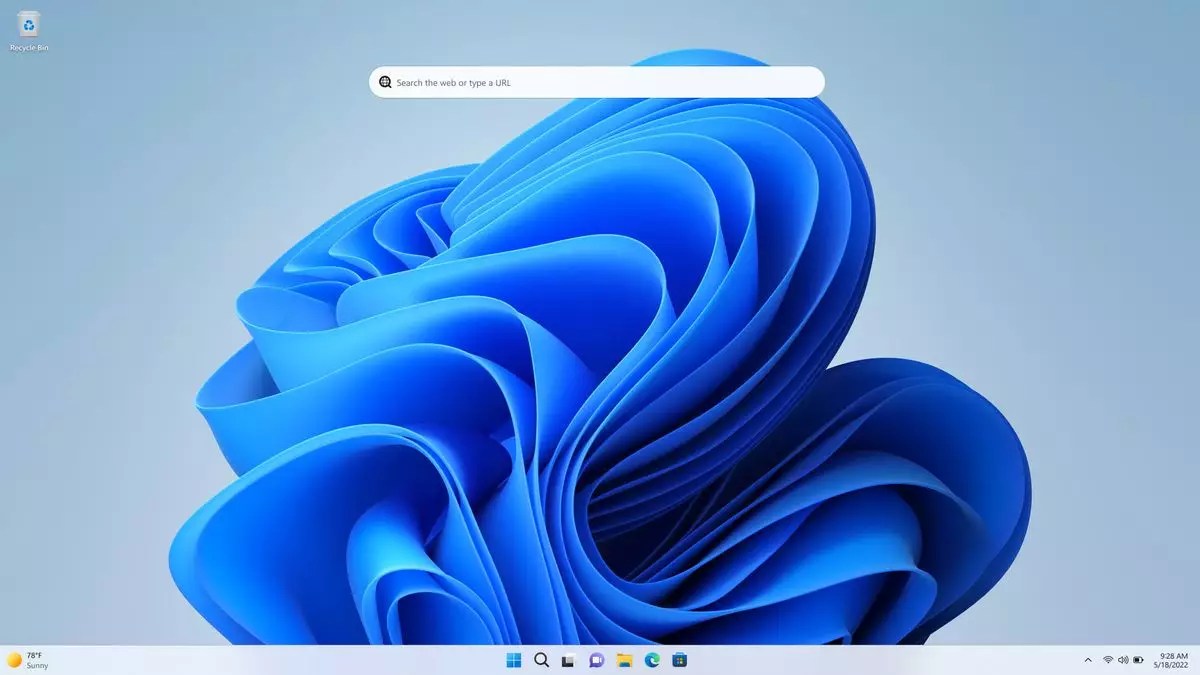Windows 11’s 23H2 update has been released recently, but several users have reported a noticeable drop in gaming performance after installation. This issue seems fitting with its release on Halloween. However, Microsoft has temporarily placed the update on compatibility hold due to another issue, which raises hope that both problems will be addressed in the next release. For those who are currently experiencing this problem and do not wish to rollback to a previous version, there is a supposed fix. Unfortunately, it is a complex process that might be overwhelming for some users.
The Problem
According to reports from Reddit user BNSoul, their system experienced a slowdown in benchmarks by approximately 5-8% after installing the 23H2 update. Additionally, their games suffered from random stuttering, which was resolved by reverting to the previous update version, 22H2. These issues prompted them to contact Microsoft for assistance.
Microsoft provided BNSoul with a set of instructions to resolve the performance issues in 23H2. However, the method is quite involved. The changes involve altering the BIOS settings and tinkering with Windows Defender. It is worth noting that Windows Defender serves as a crucial line of defense against malware and viruses for many users. Therefore, it is advisable to wait for an official update fix from Microsoft if your PC’s performance is satisfactory, as the following instructions may pose risks and complications:
First, Microsoft instructed BNSoul to reset Windows Defender, which was identified as the root cause of the issue. This was achieved via two Powershell commands, but it is important to ensure that Powershell has administrator access for these commands to work:
– Set-ExecutionPolicy Unrestricted
– Get-AppxPackage Microsoft.SecHealthUI -AllUsers | Reset-AppxPackage
Next, after entering the Powershell commands, BNSoul was instructed to reboot the system and enable CPU Virtualization in the BIOS. The method of enabling CPU Virtualization may vary depending on the motherboard used. Upon returning to Windows, BNSoul was asked to open Windows Security and activate Memory Integrity under Core Isolation settings. After another restart, they reported that Hypervisor was running, Virtualization Security was enabled, and the CPU performance issues were successfully resolved.
It is important to note that after applying this method, there were no noticeable changes in BNSoul’s system on the final reboot, and their benchmark numbers remained unchanged. However, it is advisable to keep monitoring the system for any potential breaks or improvements.
Several users have reported positive results after applying the above-mentioned method. Reddit user La773 expressed their gratitude in a thread, stating that they faced similar issues with CPU scores dropping after the 23H2 update. However, thanks to BNSoul’s suggested tweaks, their scores were finally back to normal.
In another instance, on the Microsoft Community forums, user Žiga Iglič also achieved success by following the same method. After encountering performance degradation following a Windows update, they followed the procedure again, which restored their system’s performance. They pointed out that there was no need to disable and re-enable CPU virtualization in the BIOS; simply setting it to “on” was sufficient. They further claimed that 99% of computers already had CPU virtualization enabled.
It is not uncommon for major operating system updates to cause performance issues for some users. The 23H2 update for Windows 11 adds to the long list of updates that have allegedly created problems for users. These issues are often challenging to replicate or troubleshoot, adding to the frustration experienced by those affected.
Windows 11’s 23H2 update has been associated with gaming performance issues for some users. Microsoft has temporarily suspended the update to address compatibility concerns. However, for those experiencing the performance drop and seeking an immediate fix, a complex set of instructions involving BIOS settings and Windows Defender adjustments has been suggested. It is crucial to proceed with caution and consider the potential risks involved. If your system is functioning adequately, it may be best to wait for the official update fix from Microsoft. As with any major OS update, it is anticipated that some users may encounter challenges, but constant efforts are made to resolve these issues.


Leave a Reply